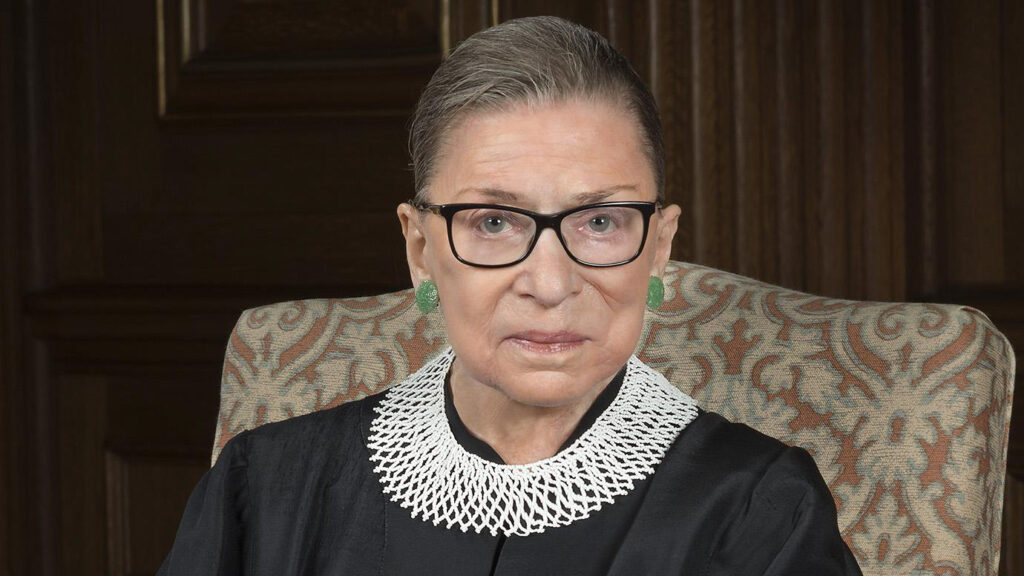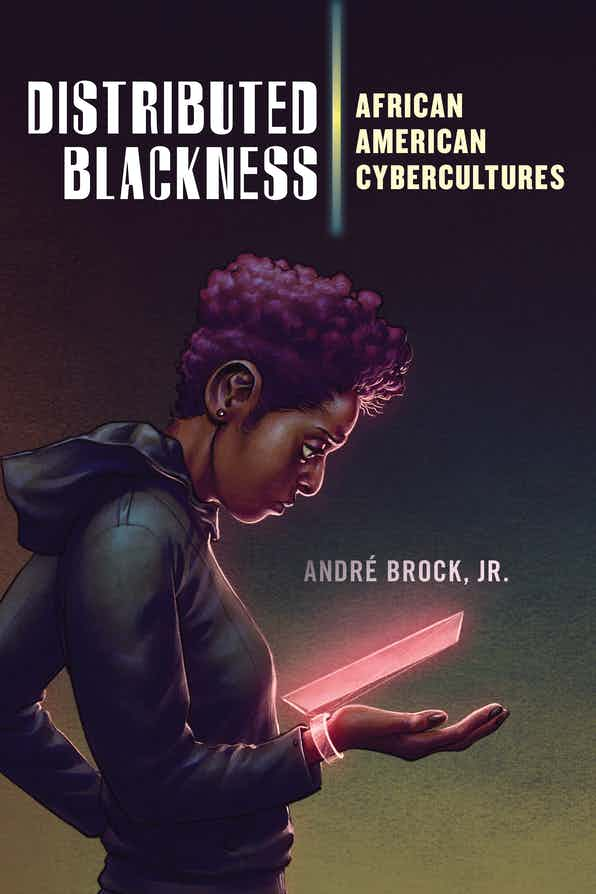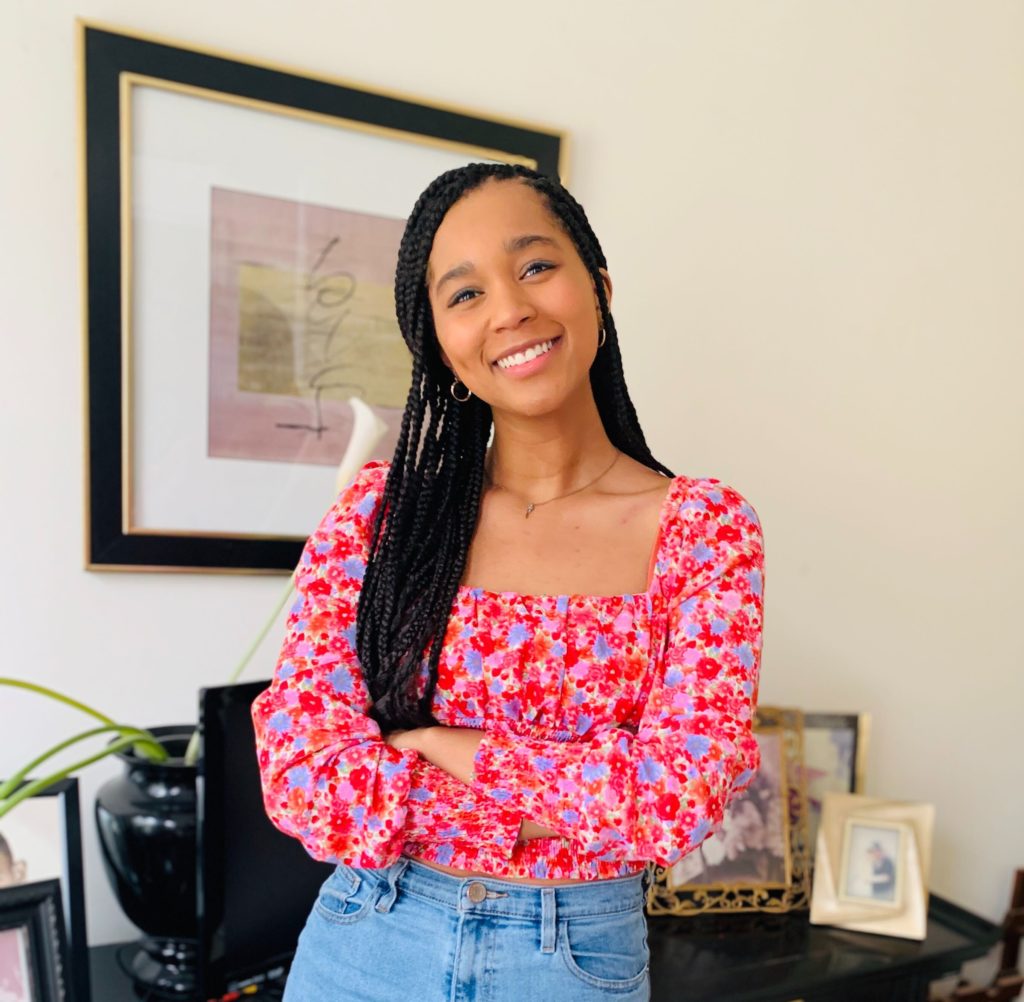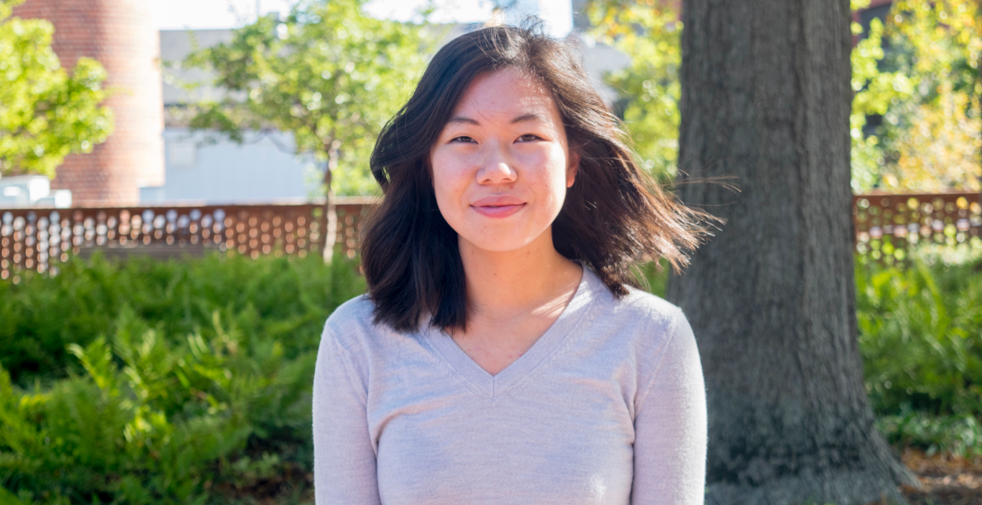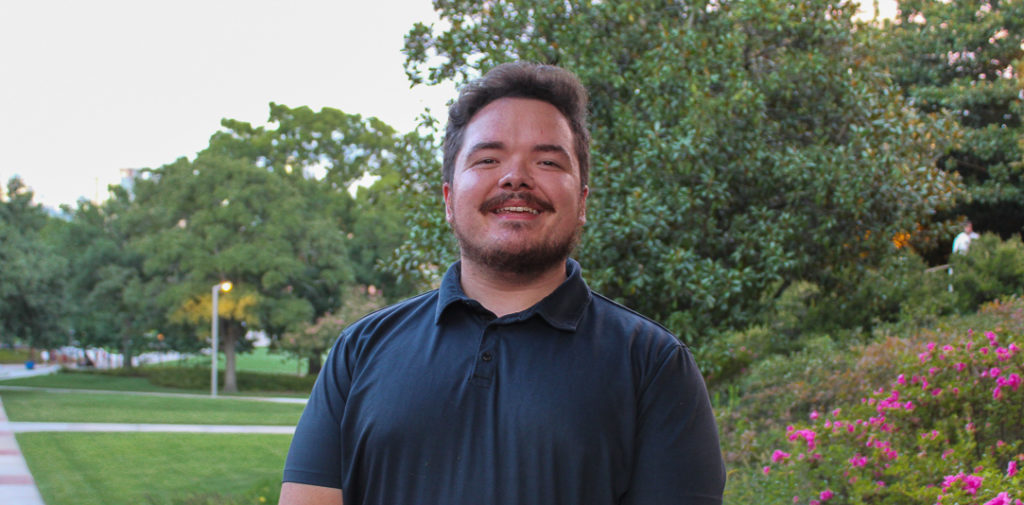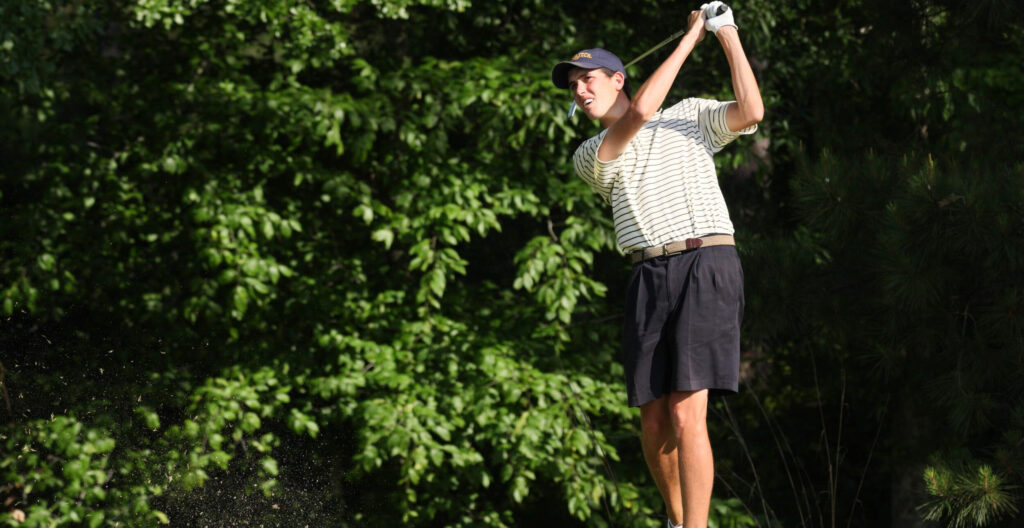
Ever since he was a kid, Chesson Hadley wanted to be a professional golfer. “I never really considered doing it as something just for fun,” said Hadley in his exclusive interview with the Technique. “It was serious for me, forever.”
A native of Raleigh, N.C., Hadley began playing golf at the age of six, under the tutelage of his dad. He enjoyed the challenge of trying to solve the riddle that each course, hole and shot presents. Like any sport, golf is impossible to truly perfect, but it can also be extremely rewarding to perform correctly, which can make it a rather addicting challenge. “When you hit a golf shot the way that you envisioned it to be hit,” remarked Hadley, “I haven’t experienced much that can top that. That’s why I keep doing it.”
Although Hadley always had his sights set on the PGA Tour, he considered himself rather lucky to be recruited to Tech when it was time for him to attend college. It is increasingly common in today’s world for colleges to recruit student-athletes in early high school and even middle school, but Hadley did not receive any such recognition. Fortunately for him, he was noticed by coach Bruce Heppler between his junior and senior year of high school, and he arrived at Tech in the fall of 2006.
According to Hadley, coming to Tech was “one of the easiest decisions I ever made.” He had also visited the University of Florida and the University of Virginia, but when he compared the opportunities each school had to offer, both academically and athletically, there was no question in his mind where he wanted to be. In his words, “it was a no-brainer.”
Upon arriving at Tech, Hadley quickly made an impression on his older teammates. “I was very outspoken,” he said, and this led to a lot of good-natured ribbing from the more accomplished members of the team. Hadley specifically remembers seniors Roberto Castro (IE ’07) and Kevin Larsen (BA ’07) and sophomore Cameron Tringale (BA ’09), three players who had all received NCAA All-American honors the previous year, constantly teasing him for not being a part of their “All-Americans only” club. This teasing served as great motivation for the freshman as it was intended to – “they knew they were motivating me” – and it had its desired effect, as a fourth-place finish at the 2007 NCAA Championships earned Hadley an honorable mention All-American award.
“I was so proud of myself” said Hadley, “and so were they.”
Hadley one-upped himself in his sophomore year, when he was nominated to the All-American first team after five top-10 finishes, including a first-place finish in the Carpet Capital Collegiate. At one point, he was ranked the top college golfer in the nation by Golfweek and would finish that season ranked ninth overall. Hadley also received the honor of participating in the Palmer Cup as a representative of the United States.
Although Hadley’s junior year was comparatively somewhat of a down year for him, he still finished third in the ACC Championship at the end of the year, helping Tech win the conference title. The Jackets again won the ACC the following year.
Hadley won the individual championship as well. Hadley also finished T-14th in the NCAA Championships, earning him another All-American honorable mention.
Overall, Hadley received All-American honors three times and All-ACC honors twice.
The Jackets won the ACC conference title three times in his four year career.
After graduating in 2010 with a degree in Business Management, Hadley fulfilled his childhood dream of pursuing professional golf.
He joined the Web.com Tour (now the Korn Ferry Tour) in 2013 and made it onto the PGA Tour in 2014.
Since then, Hadley has qualified for the FedEx Cup four times, recording a top-10 finish in the 2019 U.S. Open, and winning the 2014 Puerto Rico Open. Speaking of being on the Tour, Hadley said that it is “everything you think it would be” but also noted that there are many unexpected aspects to it.
The accomplishment that Hadley is the proudest of in his professional career is winning the Rex Hospital Open (a Korn Ferry event) in 2013.
Although it may not be the most heralded tournament, it was held in his hometown of Raleigh, where he has spent his whole life, and so it had a special meaning for him. “You don’t get good crowds at [Korn Ferry] events” said Hadley, “but there were … several hundred people there, and they were all there to watch me.”
Winning that tournament sticks out in Hadley’s memory as a special moment for him personally — “that’s the best thing I’ve done in my golf career, hands down.”
Looking back, Hadley spoke very highly of his time at Tech. He loved the location of the school right next to Midtown in the heart of Atlanta, and he enjoyed the convenience that Tech provided for exploring the city.
Most of all, though, Hadley appreciated everything that Tech did to prepare him for life as a professional golfer, both on and off the course.
He spoke very highly of his teammates at Tech, and the “undeniably successful” culture that Coach Heppler has fostered. In Hadley’s words, Heppler’s recruits are almost always “legitimate human beings” who are driven to pursue excellence both academically and athletically.
Hadley believes this experience is one of the biggest reasons for the success him and many other alumni have experienced on the Tour.
Hadley is just another example of the success of the Tech golf program.
Coach Heppler has brought a host of accolades to the school. Many former Jackets have gone on to have very successful professional careers. More recently, Tech amateur golfers Andy Ogletree and Tyler Strafaci have won the last two U.S. Amateur Opens.
Hadley remarked that while he has not followed their careers particularly closely, he believes they will have every opportunity to be successful in the future. The academic rigor of the school plays a big role in developing the work ethic that allows these players to be so successful. The quality of character that is a prerequisite in Heppler’s program creates a healthy environment for players to grow as golfers, students, and individuals. Although Hadley will not receive a typical induction ceremony this year, he deserves recognition for his representation of the Institute both during and after his time at the school.



